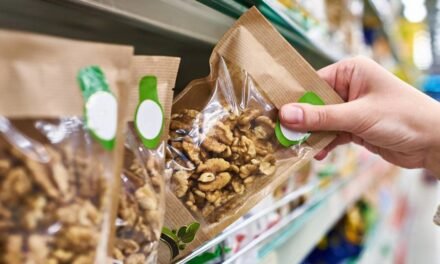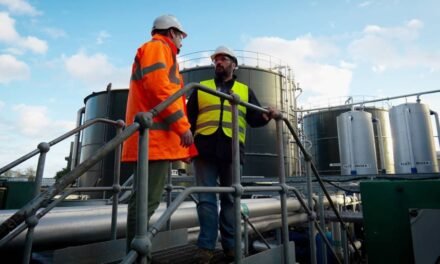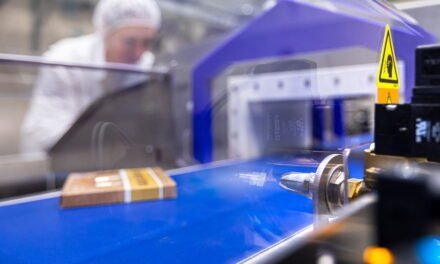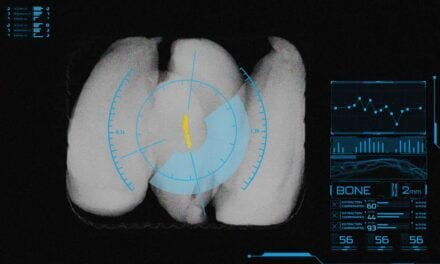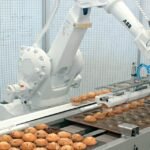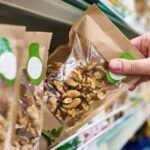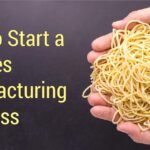Research study proposes profitable ways to repurpose food processing waste and byproducts such as potato peelings, fried dough particles, and whey.
New research suggests there is potential to reduce greenhouse gas emissions and make money by finding a second life for food processing waste and byproducts such as potato peelings, fried dough particles, and whey. These waste products often end up in landfills, but finding innovative ways to use them could lead to a more sustainable and profitable future.
Scientists have taken the first step towards estimating the best use of large-scale food processing waste, first analyzing its content and using these findings to propose production options ranging from sustainable fuels, biogas and electricity to useful chemicals and organic fertilisers.

This work is known as valorization, or determining the potential value of something “that is otherwise valueless or even a drain on resources for a company – when you have to spend money to get rid of it,” said Katrina Cornish, senior author of the study and professor of horticulture and crop science and food, agricultural and biological engineering at The Ohio State University.
“The bioeconomy is becoming a much more common topic of conversation. In this case, don’t get rid of food processing waste — make some money from it,” said Cornish, a research fellow at the Ohio Research of Bio-Emergent Materials. “Here, we’re establishing a basic model for food manufacturers who are asking, ‘What can I do with this?’ Our flowchart guides them in a specific direction and prevents them from wasting time trying something that we know will work.” doesn’t work.”
The study was recently published online in the journal Science of the Total Environment.
About 2% of the 80 billion pounds of food thrown away annually in the United States is attributable to food manufacturing and processing – with food waste solids sent to landfills or composted and liquids poured down the drain.

For the study, the researchers collected 46 waste samples, including 14 from large Ohio food processing companies. They divided them into four broad categories: plant-based, fat-rich, industrial sludge, and starchy. They then characterized the physical and chemical properties of the sample contents. They tested some starch wastes that were good candidates for fermentation to the platform chemical acetone.
Overall, the energy density of the waste type – based on calorific value – and the carbon-to-nitrogen ratio were the main determinants of its reuse potential. For example, fatty and mineral-based waste can be digested anaerobically to produce biogas, and soybean waste has sufficient energy density for biodiesel production.
Low-calorie plant-based wastes aren’t great for energy production. Still, they are rich organic sources of flavonoids, antioxidants, and pigments that can be extracted and used in health-promoting compounds.
Based on the analysis of fibrous and mineral-rich wastes, Cornish has practiced what she’s preaching: Her lab developed a method for turning eggshells and tomato peels sourced from Ohio food producers into fillers in rubber products, partially replacing petroleum-based carbon black in tires, for example.
Based on an analysis of the fibrous and mineral-rich waste, Cornish has practiced what she preaches: Her lab has developed a method for turning eggshells and tomato peels from Ohio food producers into fillers in rubber products, partially replacing petroleum-based carbon black in tires, for example.
“We aligned this work with the Environmental Protection Agency’s goal of reducing food loss and waste by 50% by 2030,” said first author Beenish Saba, a postdoctoral researcher in food, agricultural and biological engineering at Ohio State. “So how can you reduce this waste? Valorization is one method.
“In Ohio, corn is grown to be turned into biofuel, acetone and butanol, and here we’ve identified other resources that are already available as wastes that you can turn into those products as well.”
The proposed conversion technologies require energy to operate and also provide some secondary waste. Still, the valorization modeling lays the groundwork for further “cradle-to-grave” analyses that would help quantify the environmental benefits of reducing waste in large-scale food and other industries, Saba said.
While this study is a starting point, it will ideally offer an incentive for food manufacturers to consider making something out of waste products that are currently considered waste, the researchers say.
“What we hope will happen is that food manufacturers will look at their costs and footprint and see which of these approaches will work best for their particular wastes – which will be the least financially negative and as profitable as possible while minimizing any carbon footprint,” Cornish said. “When it comes to global warming, any waste that can be recycled has a direct impact on global warming because it has a direct impact on emissions and on the ecosystem.
“It’s all about improving energy security and reducing the financial and environmental impact of food waste management,” she said. “If your waste has enough value to you to do something with it to prevent it from going to landfill, that’s a really good thing.”
Reference: “Characterization and potential valorization of industrial food processing wastes” by Beenish Saba, Ashok K. Bharathidasan, Thaddeus C. Ezeji, and Katrina Cornish, 15 January 2023, Science of The Total Environment.



